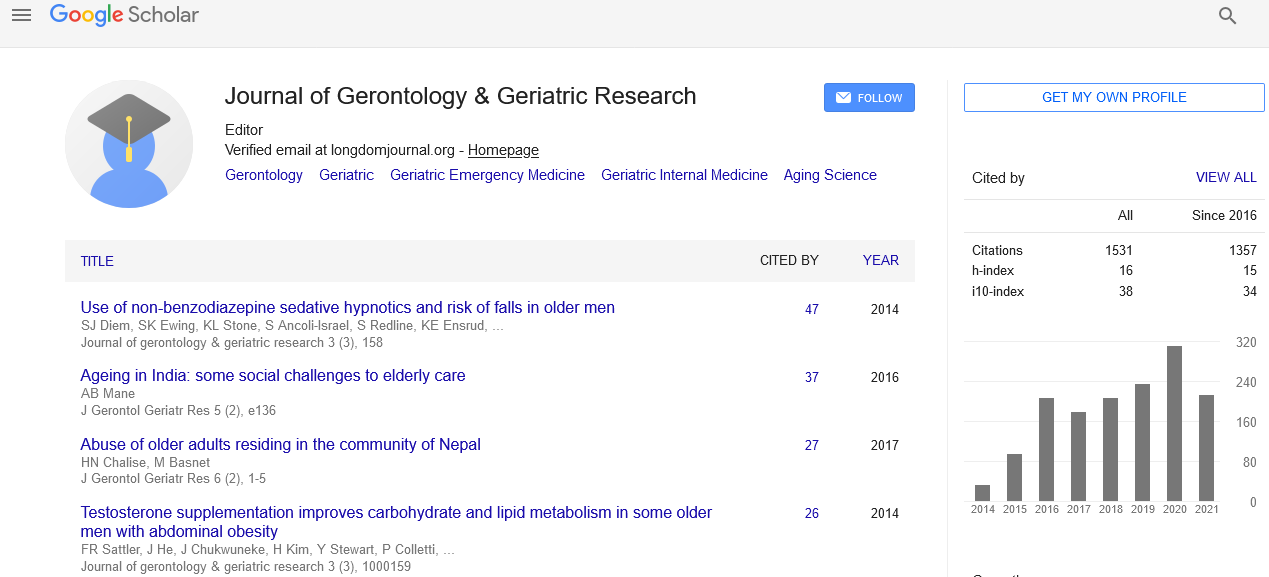PMC/PubMed Indexed Articles
Indexed In
- Open J Gate
- Genamics JournalSeek
- SafetyLit
- RefSeek
- Hamdard University
- EBSCO A-Z
- OCLC- WorldCat
- Publons
- Geneva Foundation for Medical Education and Research
- Euro Pub
- Google Scholar
Useful Links
Share This Page
Journal Flyer

Open Access Journals
- Agri and Aquaculture
- Biochemistry
- Bioinformatics & Systems Biology
- Business & Management
- Chemistry
- Clinical Sciences
- Engineering
- Food & Nutrition
- General Science
- Genetics & Molecular Biology
- Immunology & Microbiology
- Medical Sciences
- Neuroscience & Psychology
- Nursing & Health Care
- Pharmaceutical Sciences
Abstract
Practical Experience with Anticoagulation Therapy in an Elderly Polymorbid Rehabilitation Population: What did we Learn?
Helen Schmidt, Felix Angst, Andreas R Gantenbein, Susanne Lehmann, André Aeschlimann and Jürg-Hans Beer
Objective: The aim of this cross-sectional study was to analyze the prescription patterns of oral anticoagulation and antiplatelet therapy in an elderly population in rehabilitation hospitals. Methods: 200 patients, after undergoing knee/hip surgery or after a stroke, were evaluated over a time span of one year. Results: All patients necessitated anticoagulation; the average number of medications taken was 8. The most frequent combination was the new oral anticoagulation with antiplatelet agents. 35% of the patients on this combination therapy did not receive proton pump inhibitors. Conclusion: The increased use of the new oral anticoagulation medicine increases the frequency of dual therapy. Careful and repetitive investigation of indications, benefits and negative side-effects should be considered in order to reduce complications.


